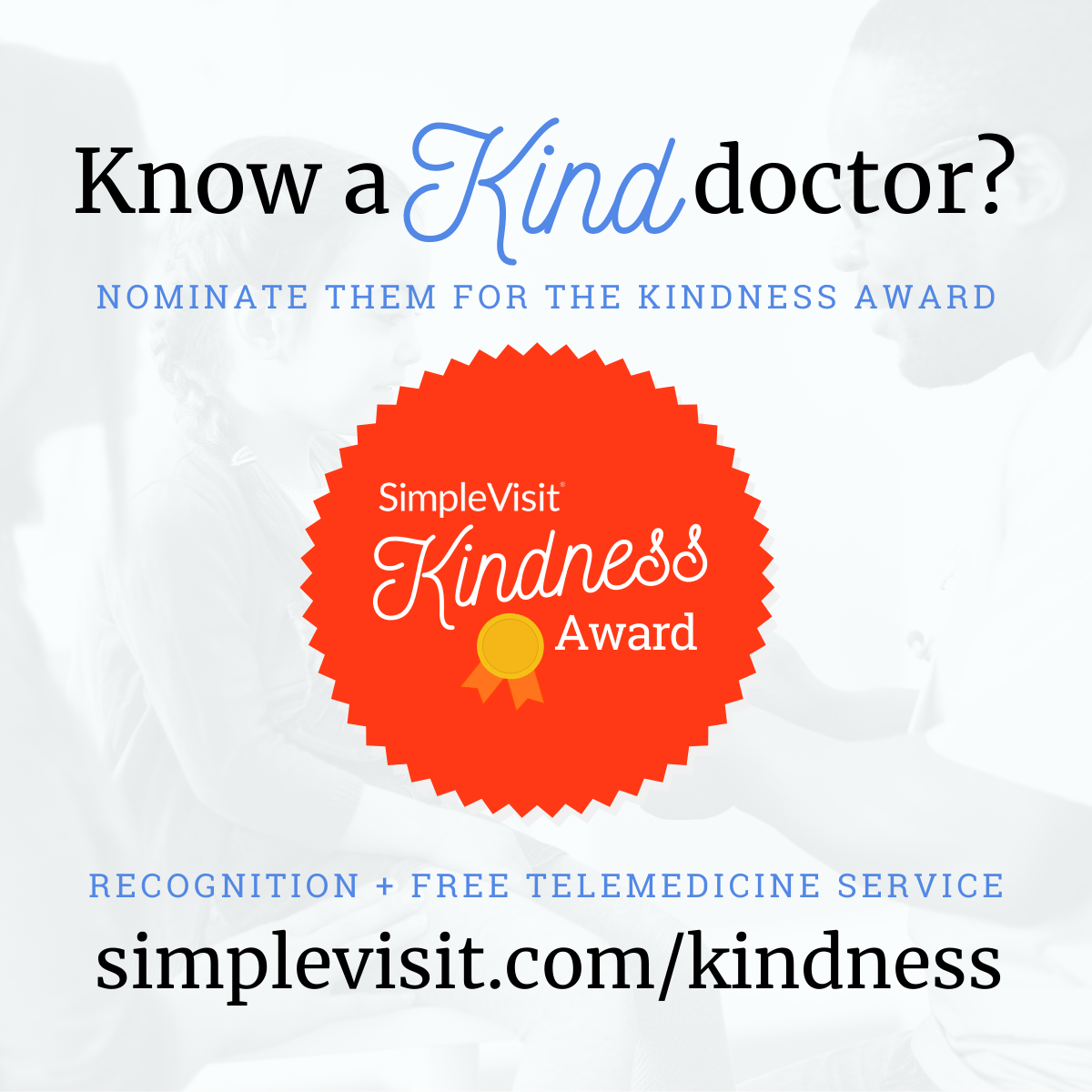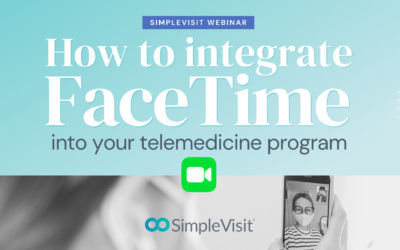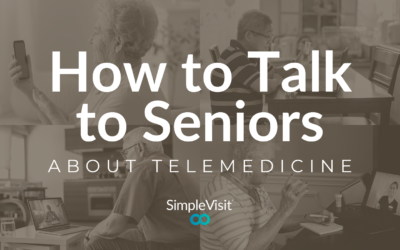Kindness and Healthcare
Allie Clark | 10 min read | December 2, 2020
It is time for some kindness.
The holiday season can be a rough time for many among us. A report from the National Alliance on Mental Illness shows that this time of the year negatively affects a majority of people suffering with mental illness. The emotional stress or feeling of dissatisfaction cited in the survey are attributed some of the following:
- Financially strained: 68%
- Loneliness: 66%
- Too much pressure: 63%
- Unrealistic Expectations: 57%
- Remembering happier times: 55%
- Unable to be with loved ones: 50%
Additionally, approximately 40% of adults are riddled with social anxiety around the holidays. Combine that with the worst pandemic in modern history, a country plagued with heightened tensions politically, socially and economically… the whole of 2020 has been tough.
As the year is drawing to a close, there is a vital need for a change. In many things, but more than any other is a need for a change in how we treat each other. For human connection, generosity, compassion, and empathy. A need for kindness.
But What is Kindness?
The dictionary defines it as “the quality or state of being kind”; with kind labeled as having “a sympathetic, helpful, or gentle nature”. That explanation, while true, only seems to scratch the surface of what it means to be kind. To us, kindness can be identified as “adjusting your attitude and actions for the benefit of someone else”.
Kindness in Healthcare
Kindness shows up in healthcare in more ways than the ultimate example of caring for the sick. We see it in practices who are adjusting policies to meet the needs of the patients instead of their own bottom line. Examples of grace periods for late or missed appointments, learning and implementing multiple ways of communicating with patients based on how they best receive information, or sending mobile health teams to rural or underserved areas. The overwhelming adoption of telemedicine during this global crisis is a great example of how healthcare practices are adjusting for the benefit of their patients. Working as hard as you have worked to bring healthcare access to the patient instead of making the patient come to their provider in a time when it can be dangerous to go into public at all is, to us, the epitome of the word.
Our Core Values
At SimpleVisit we have crafted our telemedicine solution around three core values: Kind, Creative, and Innovative. Kindness is first, always. We believe that the first step in helping providers care for their patients, and patients care for themselves is to show kindness. To do that, we adjust our service to meet their needs. Our solution can connect a provider using the common applications like the Microsoft Teams they already pay for with FaceTime that their patient uses to call their grandchildren. A live telemedicine receptionist greets each of them personally and assures them they can be seen and heard before connecting to their appointment. And if they have trouble setting up or using their device or video platform, we have call support specialists who work with the user directly before their appointment and walk them through the process, problem-solving with them along the way. When a provider calls us and says they want us to connect them to a mobile health team member so they can do telemedicine with their patients who don’t have a connected device of their own, we are more than happy to work with them to develop a customized workflow that meets their needs. In all ways we are committed to providing the kindest telemedicine service possible – it’s why we exist.
We are proud to work with kind medical practices, too. Here are just a few of our clients and how they are going above and beyond to show kindness to their patients:

Dr. Christian pushed past his own fear of not being tech-savvy to provide telemedicine to his patients on his own, independent of the rest of his practice (pretty impressive for a 40-year healthcare veteran with 13 grandchildren!)

Dr. Spees uses her practice to lend aid to parents with children on the Autism Spectrum who have moderate to severe behavioral disorders. She says telemedicine has been invaluable to treating her patients as she gets to see and advise them in their home environment, where the behaviors can differ greatly from what she sees in-office.
In Southern Maryland, a community health center partners with a local university hospital to bring compassionate primary and dental care to it’s rural population.

Dr. Burkhart has a heart for children. He keeps a blog, hosted on his website, to share not only news and information with his patients, but his philosophy in pediatric medicine and who he is as a doctor. He cites the textbook “Reaching Teens” by Dr. Kenneth Ginsburg “as the guide to the design of [their] office” and states that “skills in passing the ‘trustworthy test’ with teens are equally important to any medical skills or degrees a doctor may have.”

SimpleVisit Kindness Awards
In this spirit, we are introducing our first annual SimpleVisit Kindness Awards. We are entering this season that, alongside some holiday blues, is also centered around family, giving, love, and sharing. Nothing makes it feel like the holidays more than hearing warm and fuzzy stories of people doing good for other people. We want to hear yours!
If you have a healthcare provider who you consider to be particularly Kind, nominate them. If your colleague in your practice is the Kindest doctor you know, nominate them. If your boss at the medical office you work in is exceptionally Kind, nominate them. ANY nominee will receive public recognition and a free one-month subscription to SimpleVisit’s unique and KIND managed telemedicine service.
Give back to the doctors and practitioners who have given to you; give them the gift of telemedicine.
How to Integrate FaceTime for Telemedicine
Rob Warlick | 3 min read | April 23, 2021During the public health emergency, direct FaceTime calls are permitted for healthcare. Outside of that waiver, SimpleVisit is the only HIPAA-compliant way to bridge in FaceTime and other video calling apps. With over 620...
Using FaceTime for Telemedicine in 2021
Rob Warlick | 4 min read | January 26, 2021 In response to the global pandemic and the public health emergency, many medical groups have purchased or crafted a solution to treat over video. Due to the lax in federal regulations, many are turning to commonly available...
How to Talk to Seniors (About Telemedicine)
Allie Clark | 10 min read | November 13, 2020In the midst of an unprecedented healthcare crisis, it’s important to be mindful of some of the most vulnerable members in our communities: our seniors. This particular season has been uniquely challenging for older...




